Dear friends,
Thank you
for taking time to opening up this blog. Welcome to any new viewers and welcome
back for those who have been following my blog for a while. Below, I will share
a bit about the work we have been doing for Lonjezo University.
This story is about the people who touch our lives and encourage us on our faith journey. Some of these people may not be the most prominent in our lives and if we don't pay attention, we may miss the richness those encounters bring. These are the "hidden figures" in our lives.
As a
representative from EMI Canada I was asked to visit a potential project site for
UrbanPromise International. EMI is a non-profit Christian development
organization whose mission is to mobilize volunteer design professionals to
provide affordable design assistance to ministries in under resourced communities
who are helping the poor and proclaiming the gospel of Christ.
 |
Figure 1: photo of site |
Above is the proposed site for the future Lonjezo University campus at the edge of lake
Malawi.
 |
Figure 2: Location map of Malawi |
We were
tasked to investigate the feasibility of this site for such a university and to
help develop the programming for the university:
 |
Figure 3: proposed bubble diagram of proposed Lonjezo University |
Most of my
blogs are about architecture and site planning, but this trip quickly impacted
me to understand it was more about the people instead of the buildings or site:
 |
Figure 4: working session with Peter and Za |
Although God
is always the protagonist in His story, here are the people I was impacted by during
this trip to Malawi. First, are our local ministry partners, Dr. Zamumtima
Chijere (Za), and Peter Gamula.
Za reminded
me that the person who is the quietest in the meeting is not always the person
with the least amount to say. Za is a humble, humble guy. He doesn’t tell you
that he is a Phd graduate at Eastern University. He has come back home to
Malawi to help his family, community and children to have a place to go after
high school. The United Nations estimates that less than 10% of people who
graduate from high school have the opportunity to attend some sort of
post-secondary education. This is mainly due to lack of schools and costs
associated with schooling
 |
Figure 5: One of the various high schools we visited |
Peter Gamula reminded me that Lonjezo university is all about the kids. He cared enough to
allow us to hear the stories of the young women at Voice Arise and he mentors
them and the students in the high school he started in Malawi in a very fatherly
way.
 |
Figure 6: lunch program at Voices Arise |
 |
Figure 7: photo of one of the lab classrooms we researched |
“Uncle
Peter” is driven by this to the point of driving through flooded areas to get
us to the site after the torrential rainstorm. We trekked through flooded
streets – flooding not seen in the past 10 years! Check out this video from our drive through the floods:
Video of our drive through the floods
It is by
faith we are saved. And it is by faith we are driven to do good work. That
definitely resonates with me. But it was my pastor, Joyce Rees at my local
church here in Calgary who reminded me how important it was to have a prayer
team during the project trip. For sure, those prayers definitely made me aware
that it was one of the reasons we made it through the flooding. How often have
I been part of the prayer team for others, but this day it was my fellow
brothers and sisters back home lifting us out of the flooded waters. At some
point in our lives, we are those “hidden figures” encouraging and lifting up
others in prayer in His great story.
 |
| Figure 8: photo of one of the flooded villages along the way |
And then there
are my teammates, Farai and Joseph. Talking about one of our core values of diversity at eMI, here is a picture of
us: from the right, Farai (from Zimbabwe), Joseph (from Uganda), Peter (local
to Malawi) and me (one Asian guy):
 |
| Figure 9: team photo |
Farai has
deep caring eyes. She thinks of others first. During one of our visits to a
local high school, the students asked what we did for a living and when Farai
told them she was an architect, their eyes lit up and I could tell right there
and then, that she inspired a classroom of young women to pursue architecture as
a profession! We are hoping that this is the promise that Lonjezo University
fulfills (Lonjezo means “promise” in Chichewa)
 |
| Figure 10: photo of Farai speaking to the girls at Voices Arise |
Joseph is
really smart and care about people; he is quiet so people may not view him that
way. On zoom calls with our Clients, Joseph has very little to say, but when performing
investigation tasks like water tests needed to be done on site, Joseph provided
the greatest amount of energy and perseverance.
 |
| Figure 11: A photo of one of the many water test pits that we dug on site |
And then
there is me, flawed and soft spoken in human ways – I was still invited to be
the guest speaker in Chapel at the African Bible College in Lilongwe. It was a
large space, big enough to seat 300 students and when the power went out, there
was very little light, so I could not see my notes. Without a microphone, I
stretched my voice to project as much as I could, but I only ended up feeling
like I was yelling. The Lord was gracious to me however. At that moment, He
reminded me that I was still His beloved and that I did not need to be the vociferous
preacher of old, but I just needed to deliver the words that He gave me to
speak. The passage I was given to share on was Colossians 3:2 (NIV) “Set your
minds on things above, not on earthly things.” Little did I know that it meant
for me to focus on God given words instead of earthly things like a microphone
and auditorium lighting. Again, I felt the prayer team come through for me;
lifting me up in a time and place of unfamiliar grounding.
In the end,
it was such a blessing to reach the students who sat in the first 10 rows or so. Using a strange
Canadian word, those are the “keeners” who got the message. They loved learning
a few Chinese words too and hopefully feel as blessed as I was to participate
in the small ways that our Lord and Saviour allows to participate in.
After the
project trip, I worked in our Cape Town office for a couple of days as Farai
and Joseph are based out of that EMI office. During a time of office devotions,
each of us were challenged to write a Psalm to God. Inspired by our project trip,
here it the one that I wrote,
“Sing a song, sing a new song unto
the Lord. Sing a new song. Sing a new song. Sing it aloud. Proclaim His
goodness and faithfulness that carries us through even the floods. Proclaim His
name, all the earth, so that the children may know the fulfilling of His
promises from generation to generation. Let the children sing. Sing a song,
sing a new song unto the Lord.”
Thank you
for reading to the end!
Grace and
Peace,
Dan


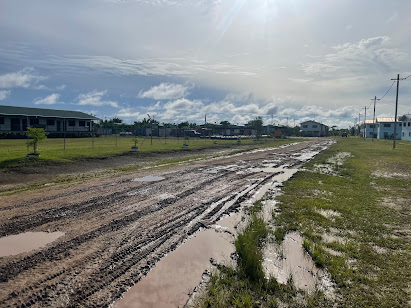







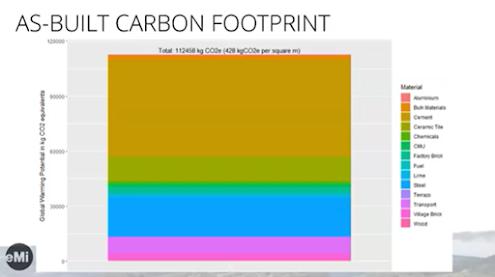














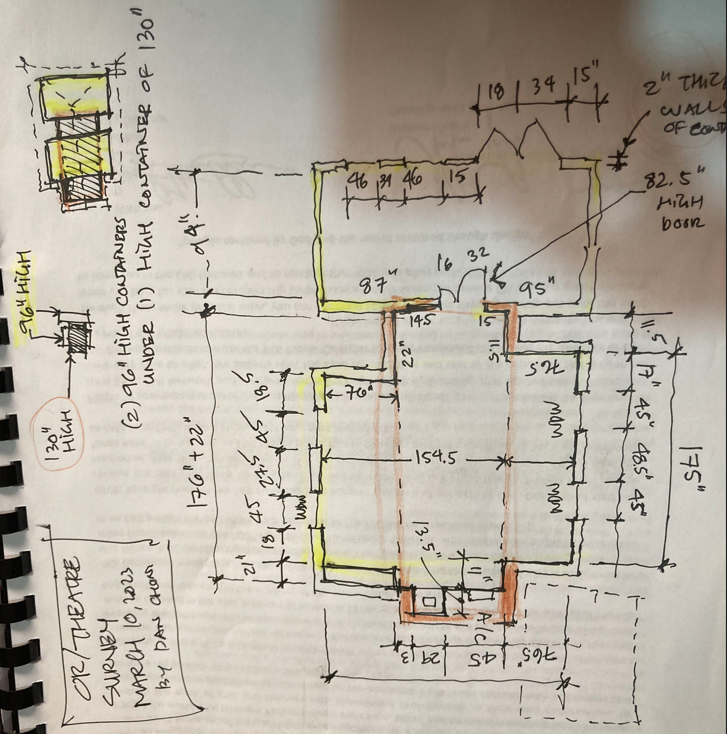






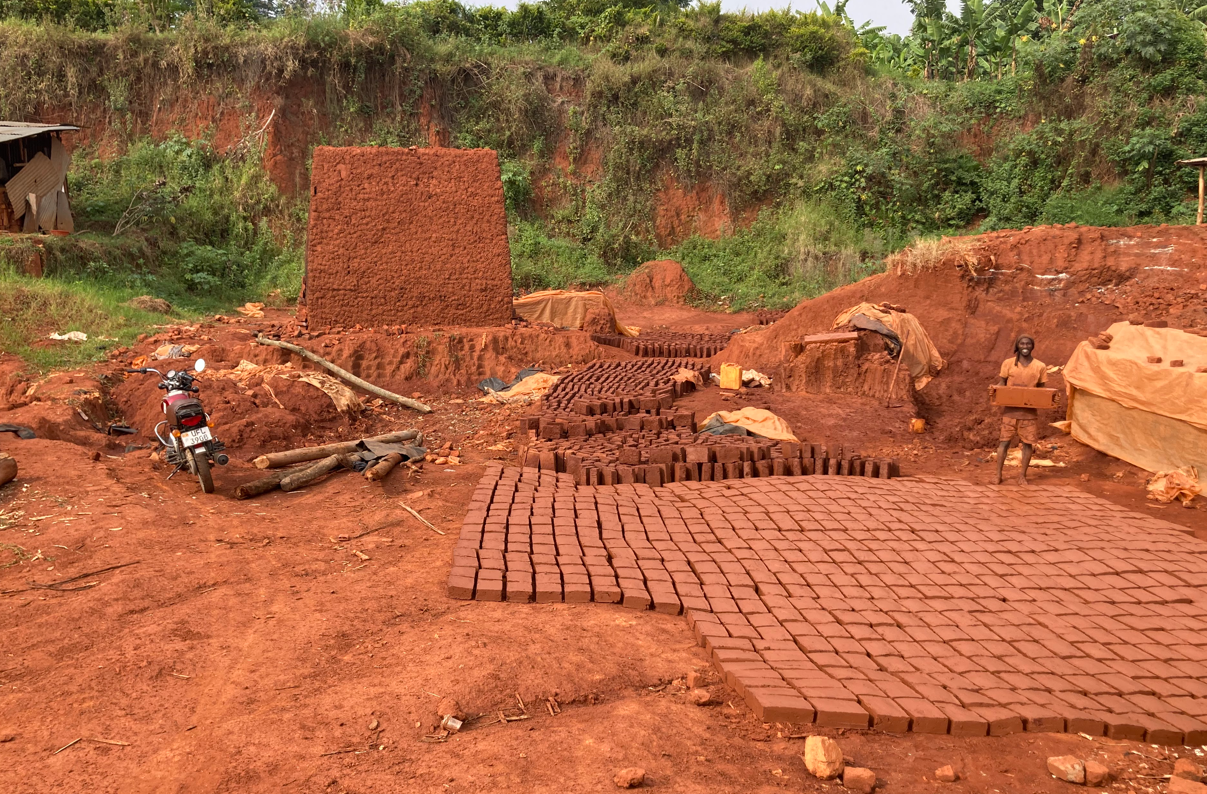





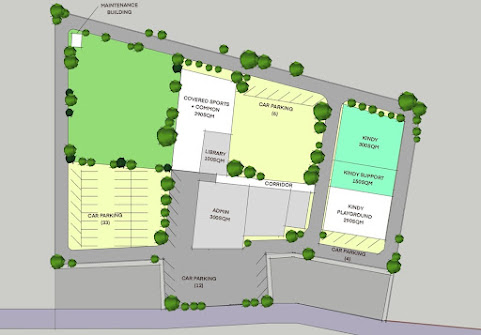



.JPG)













